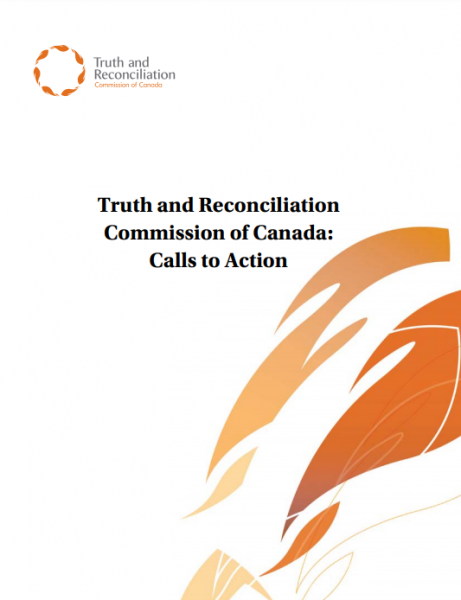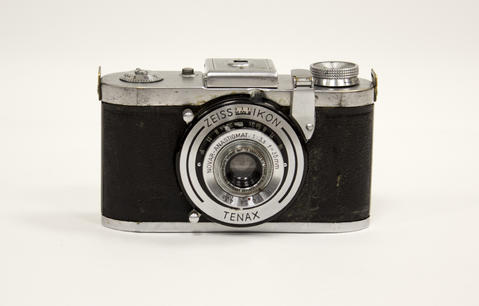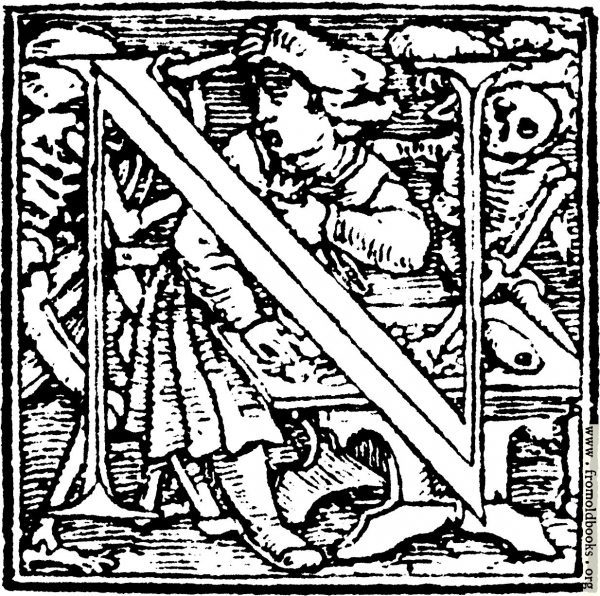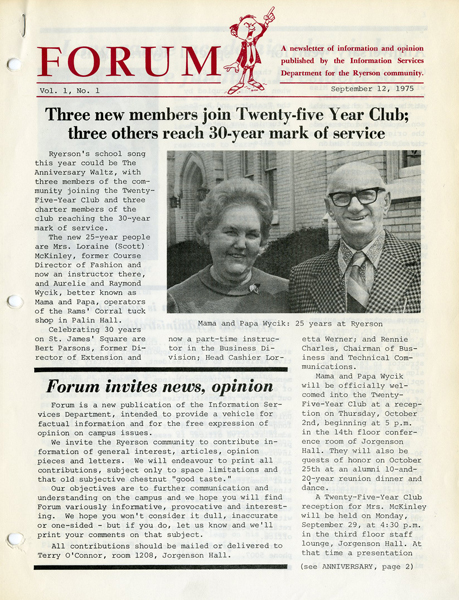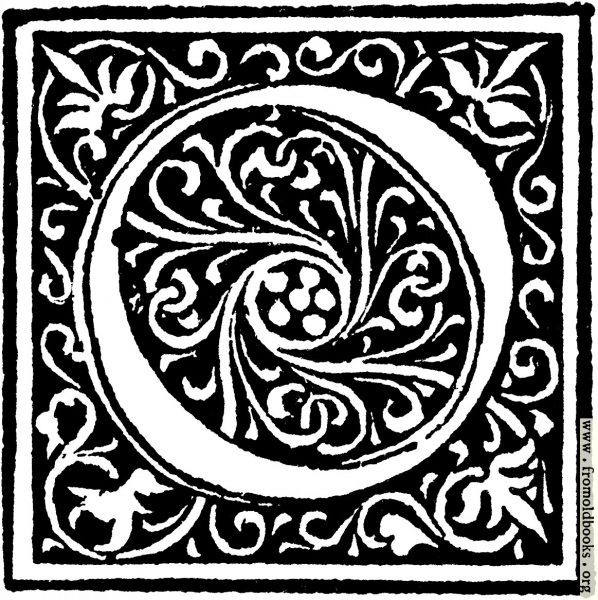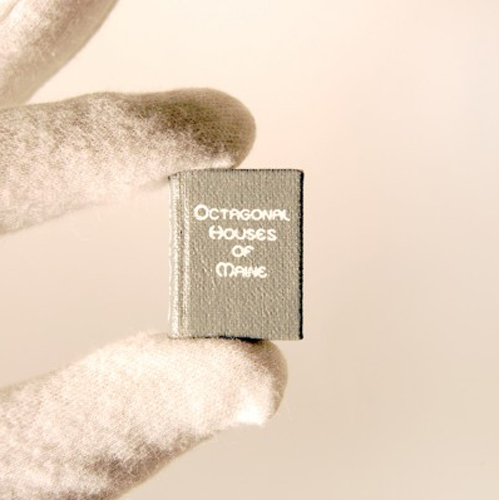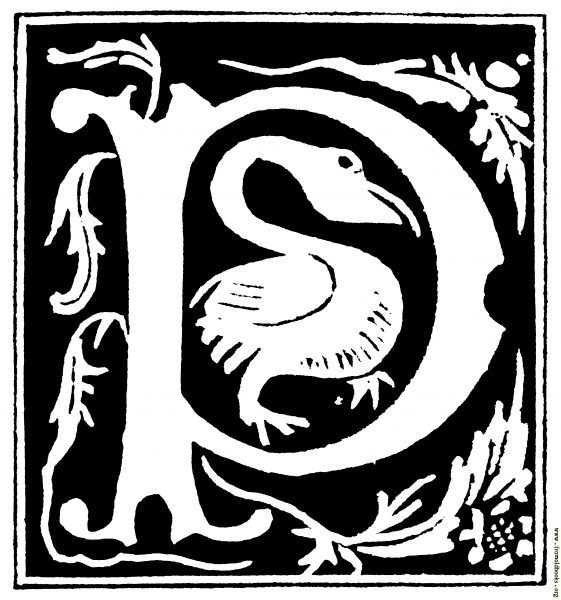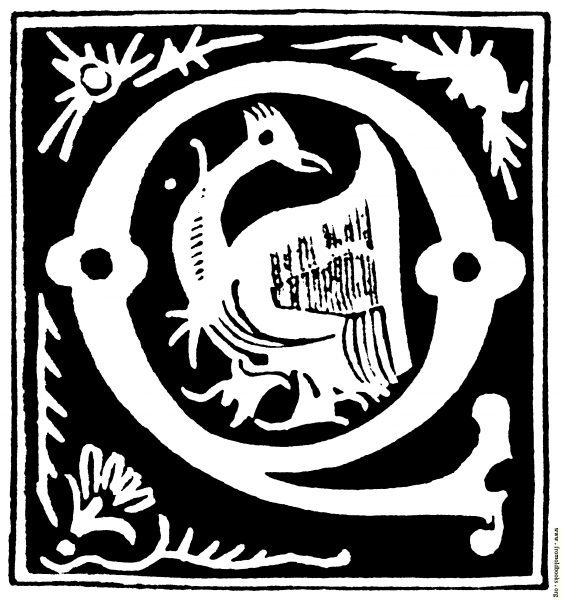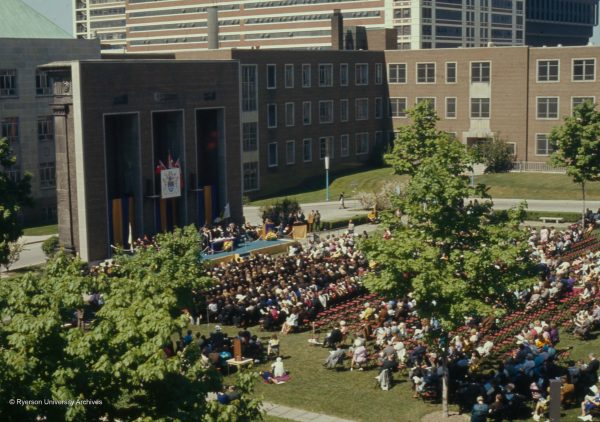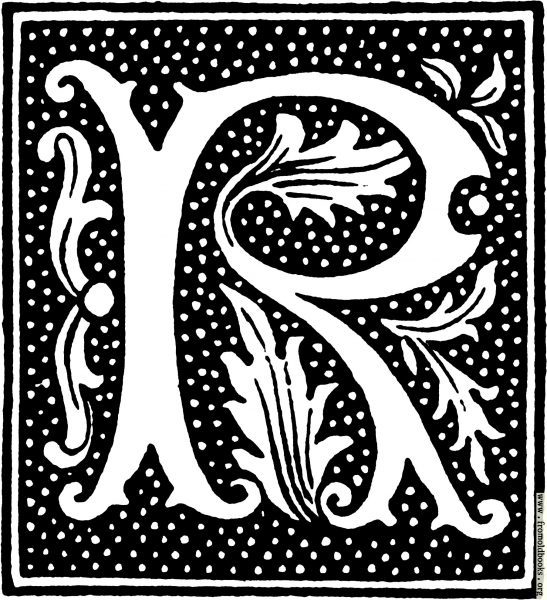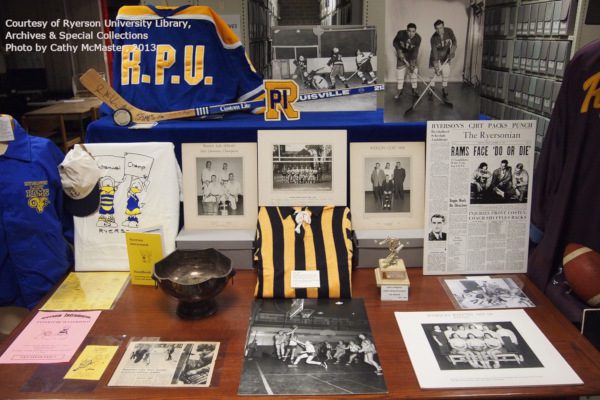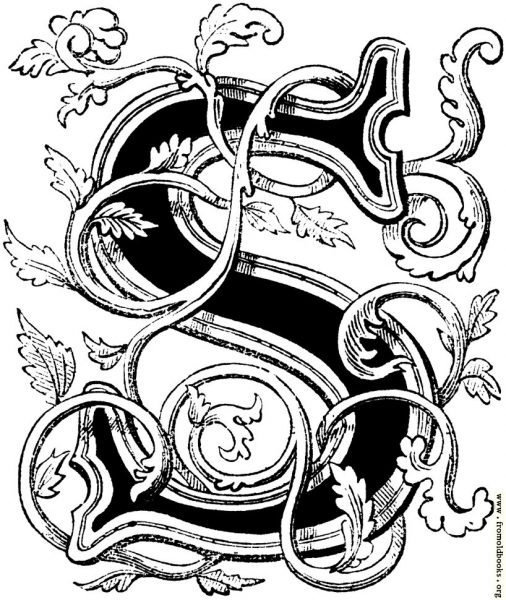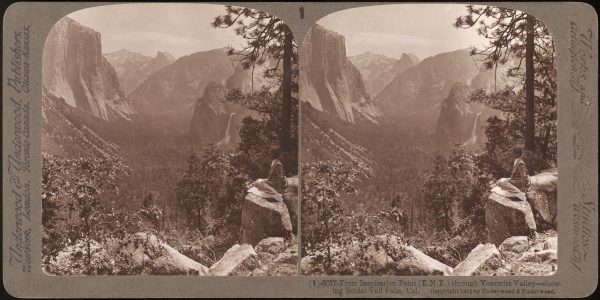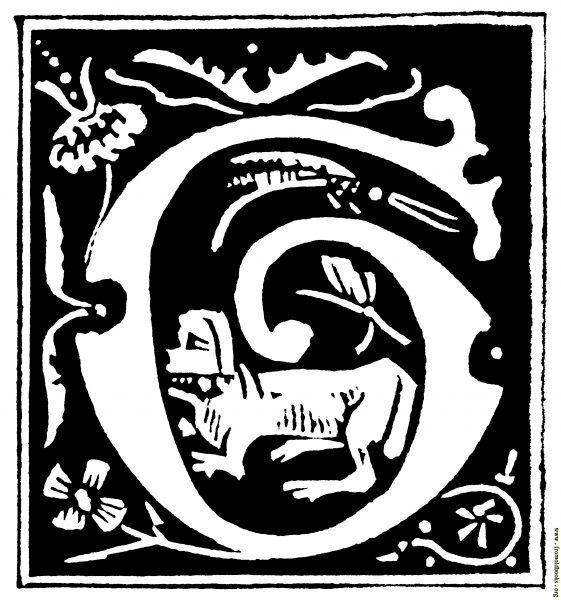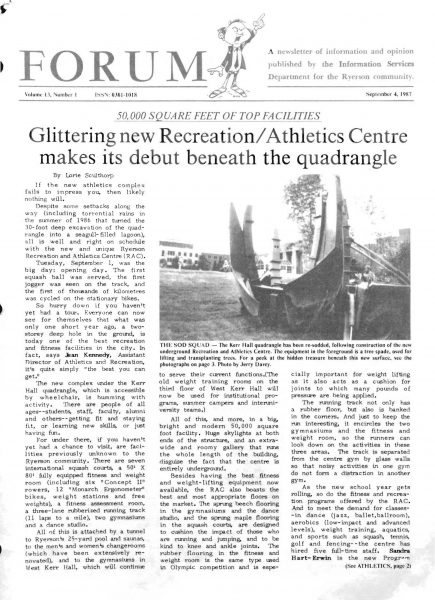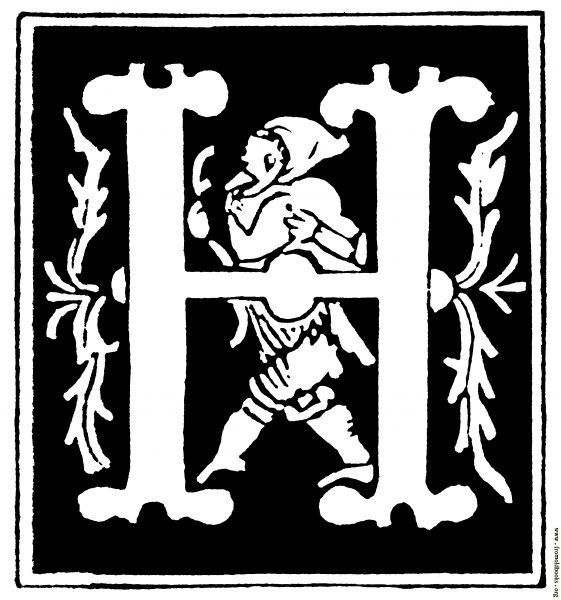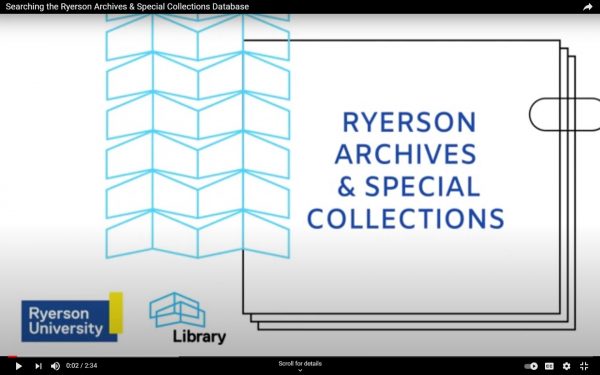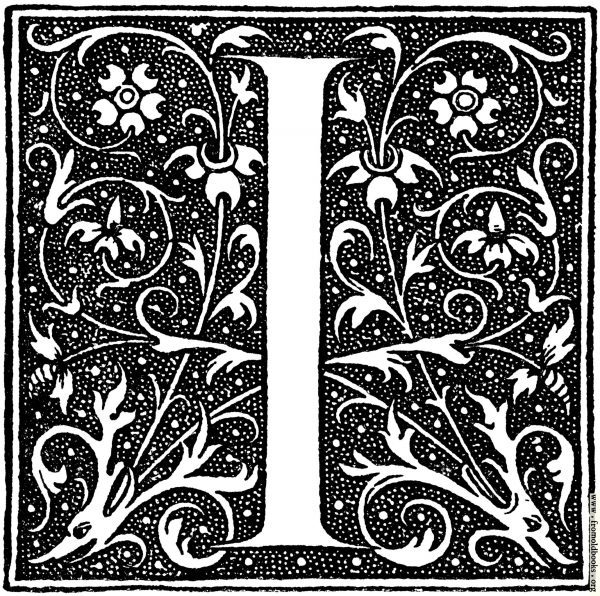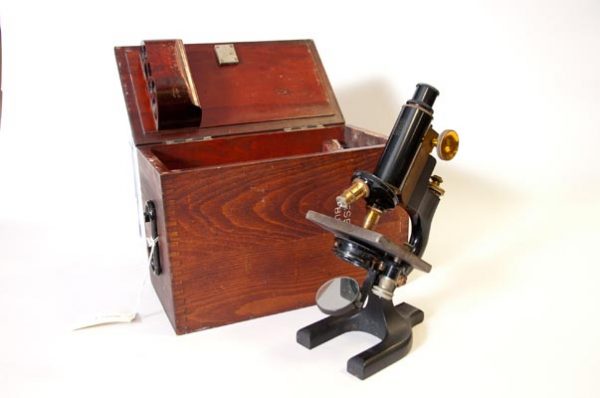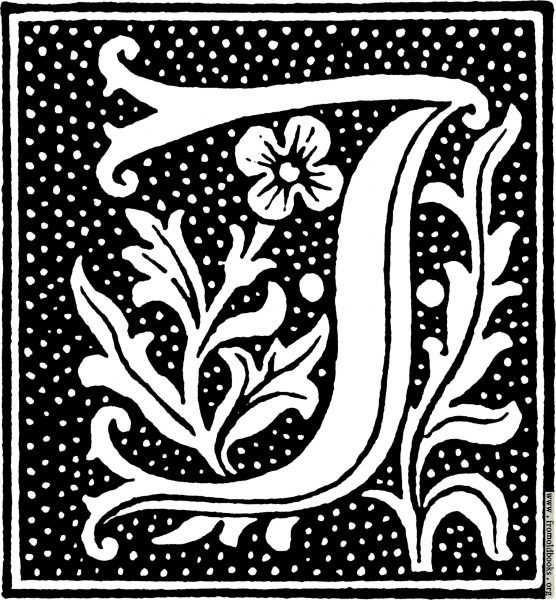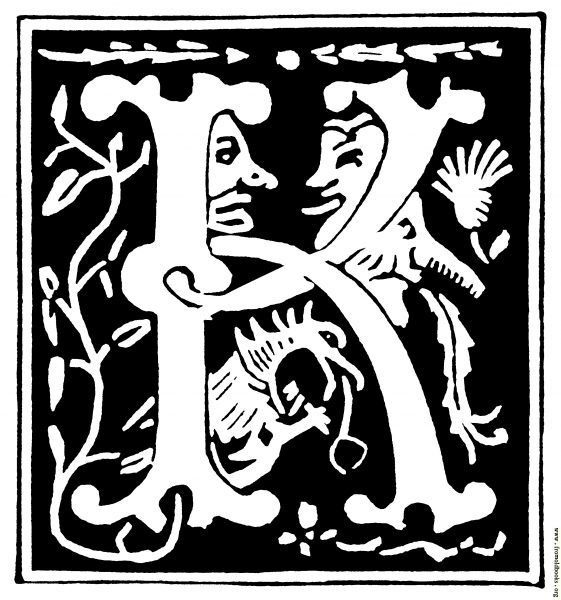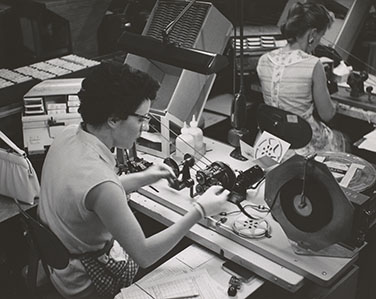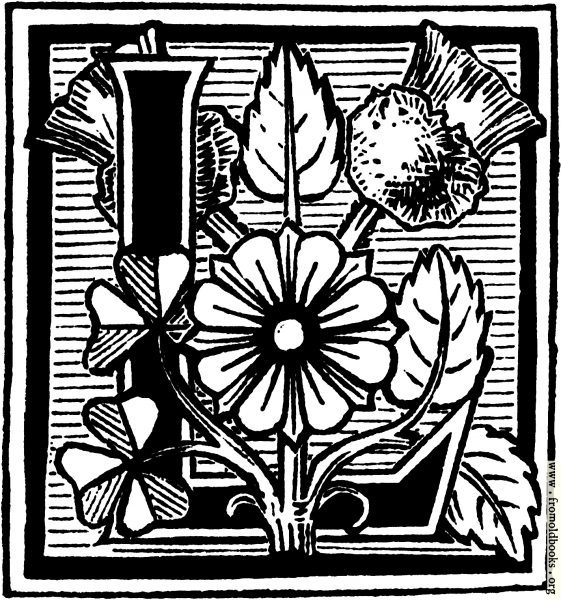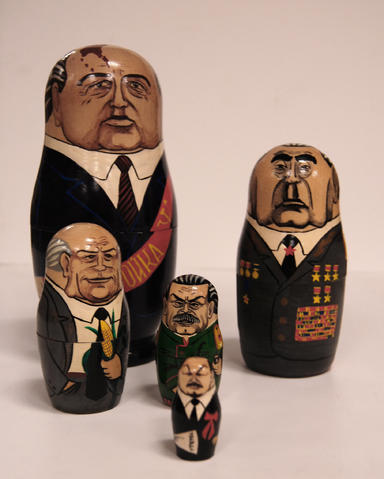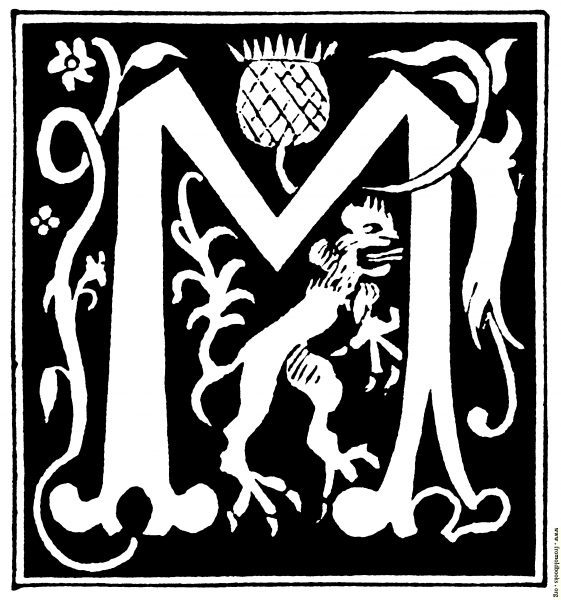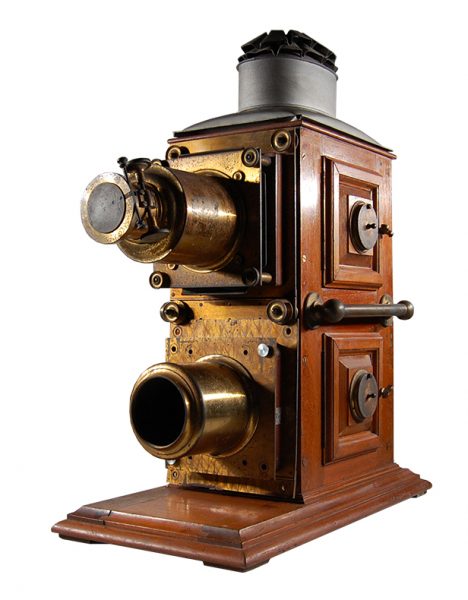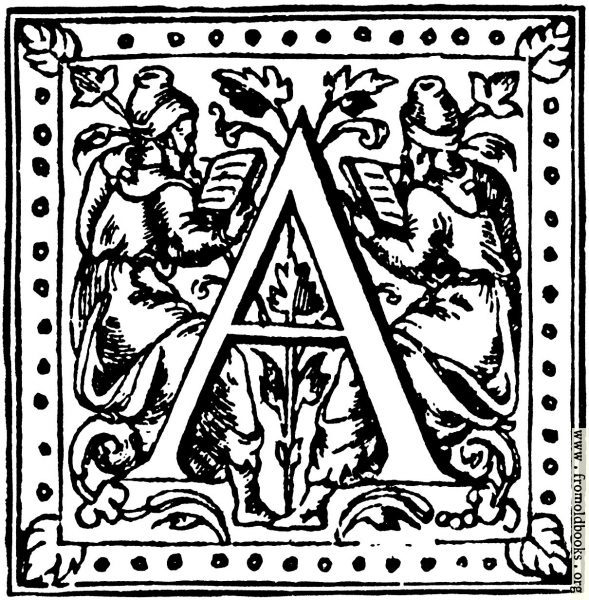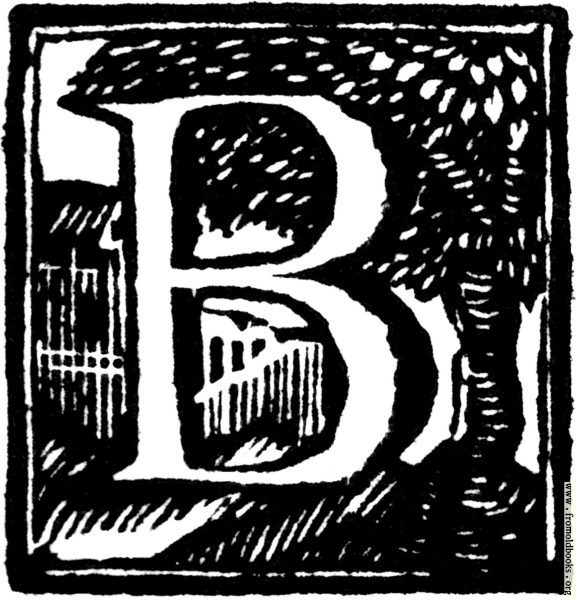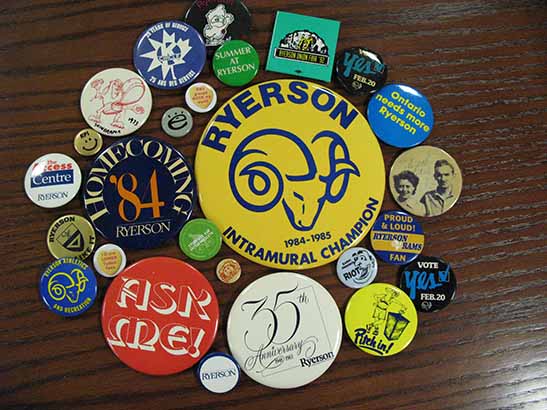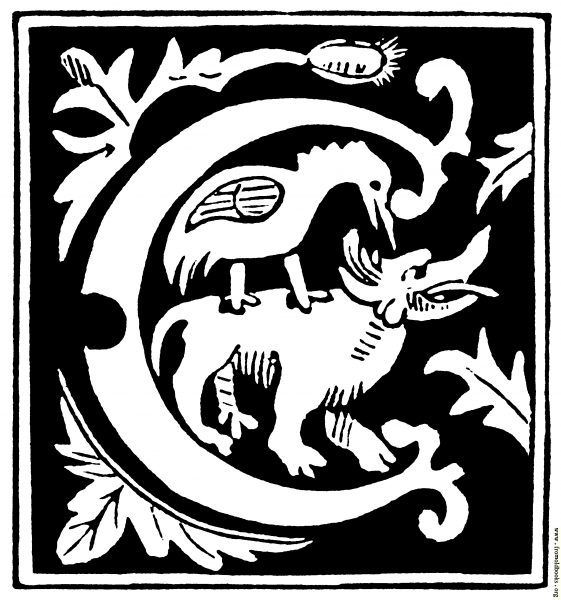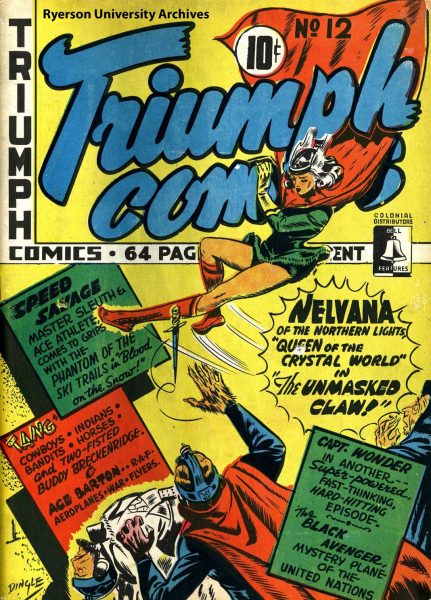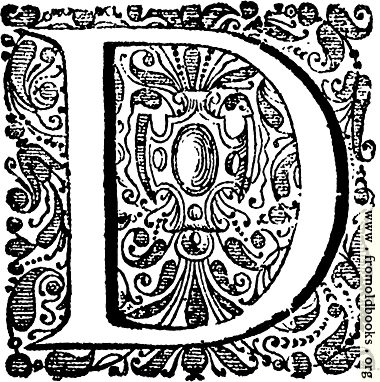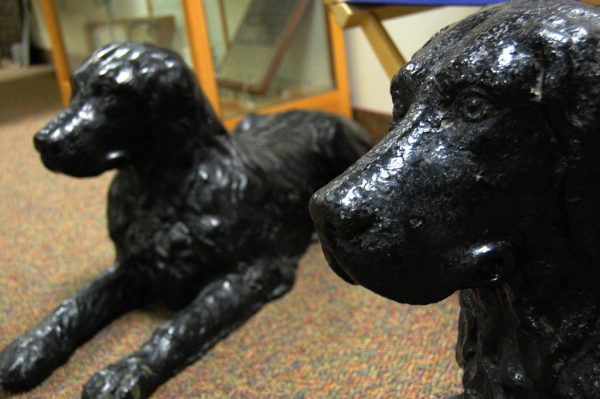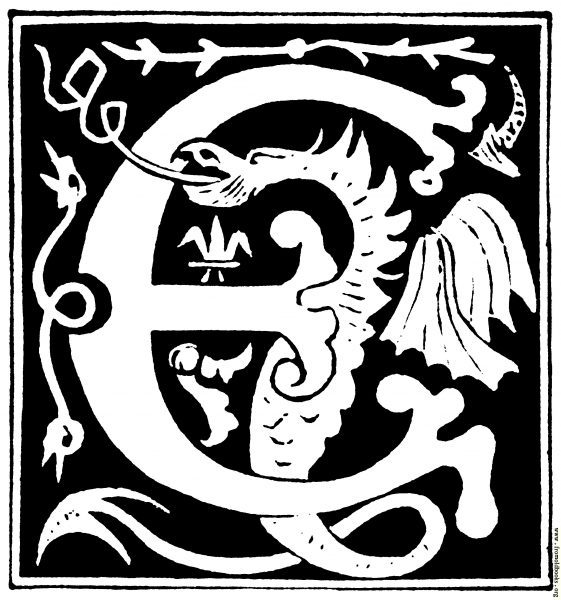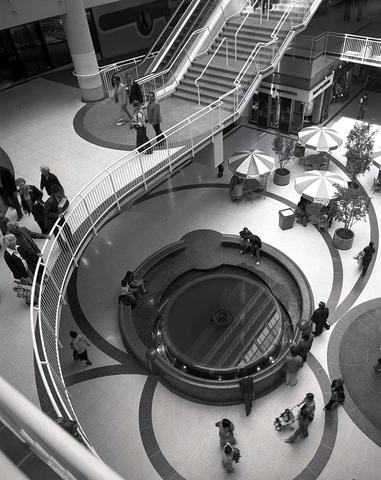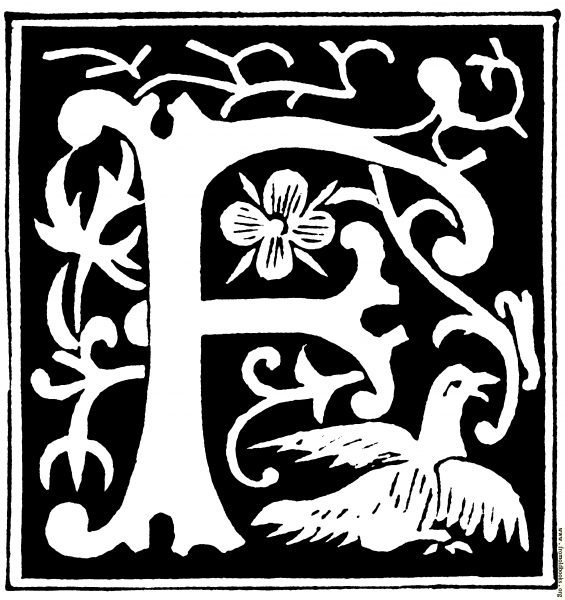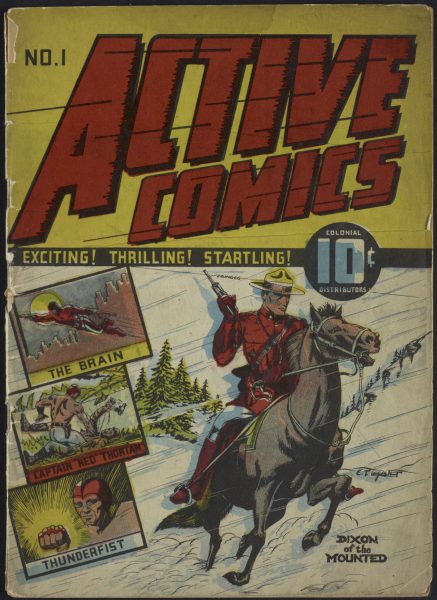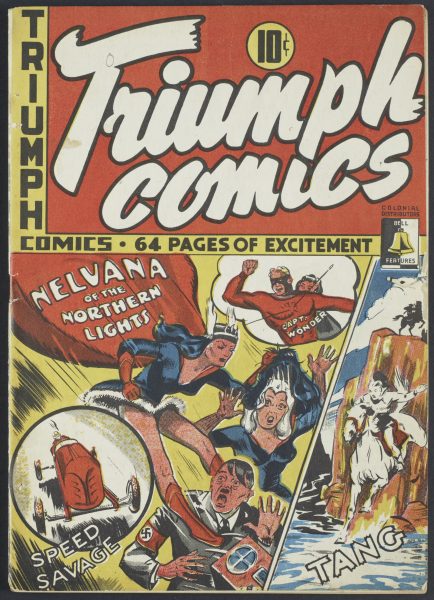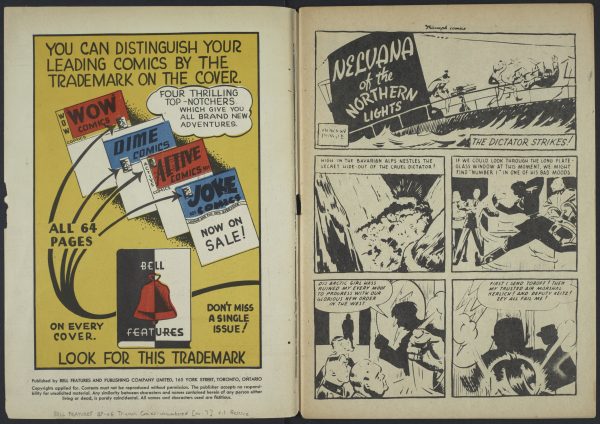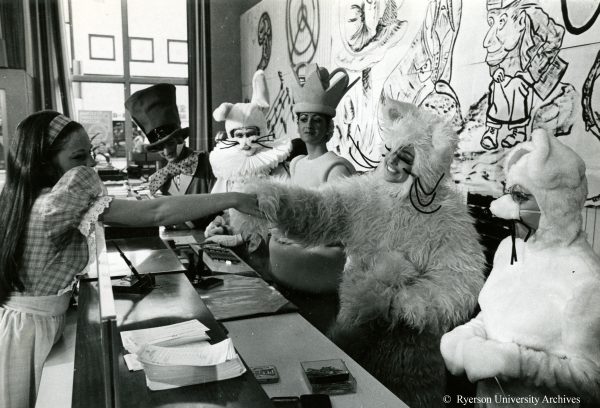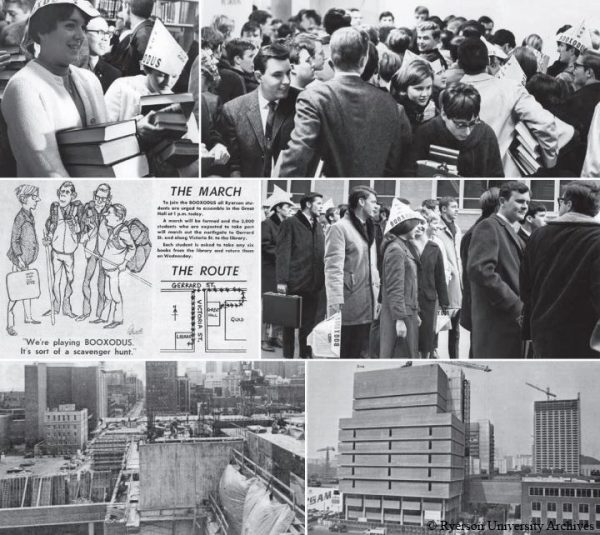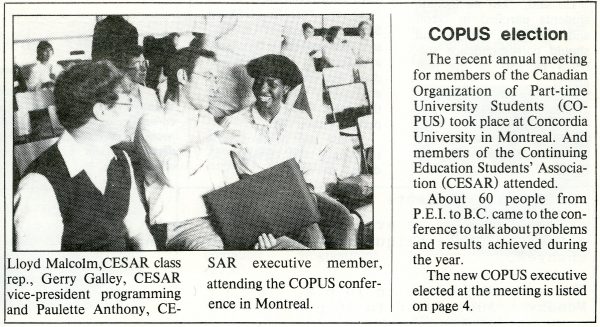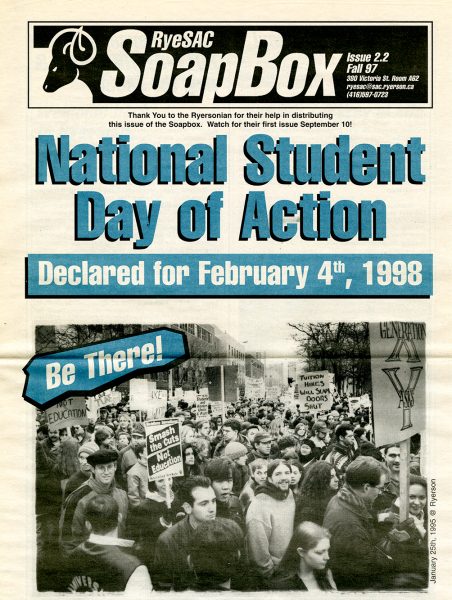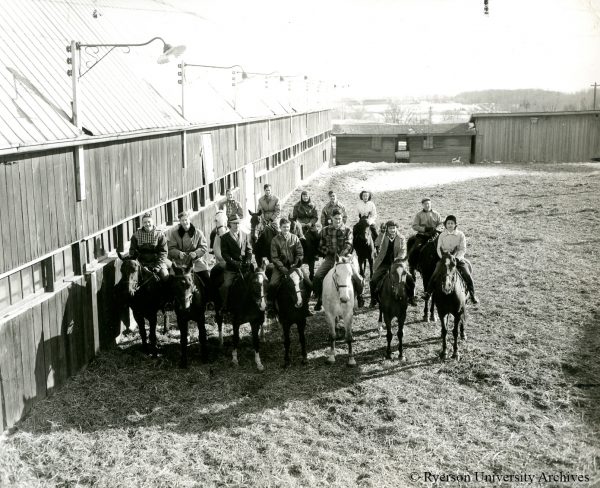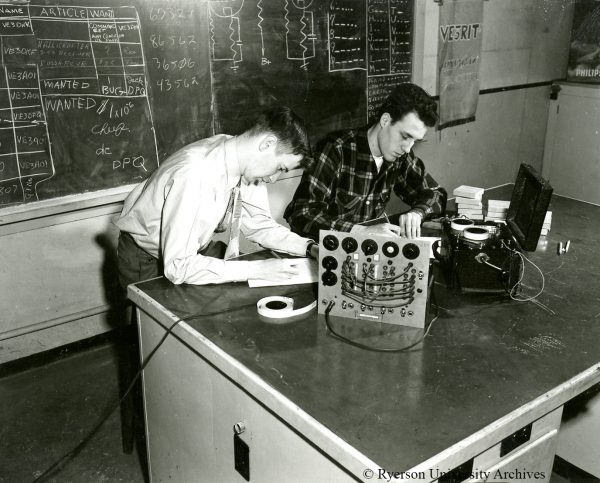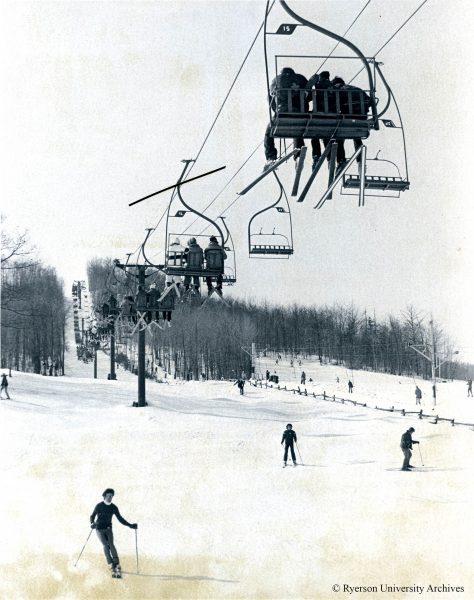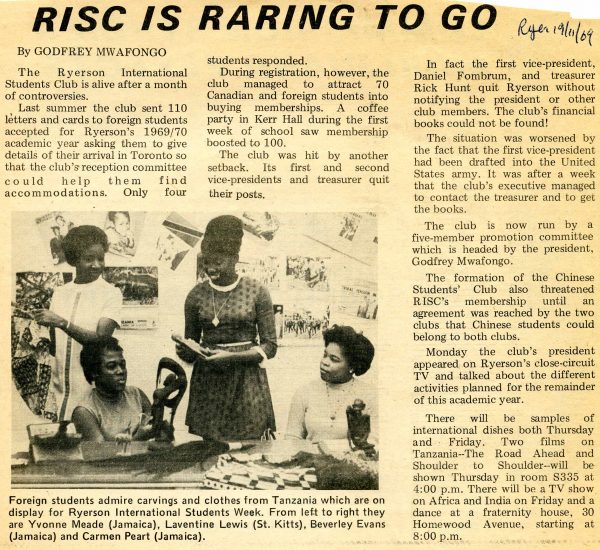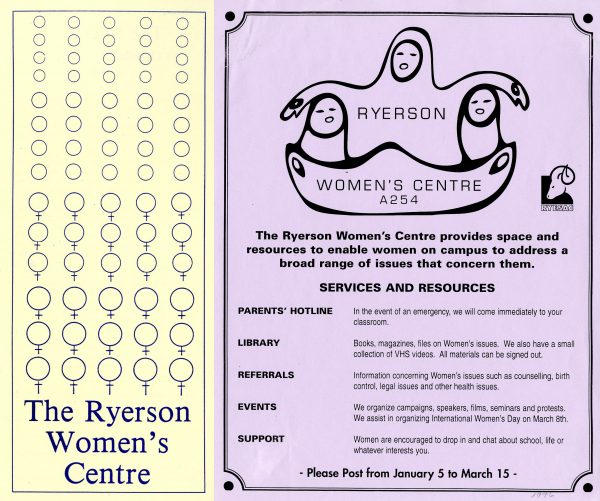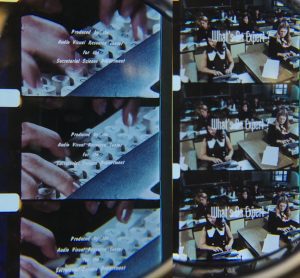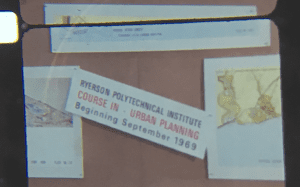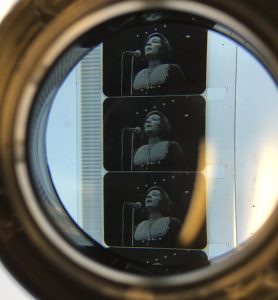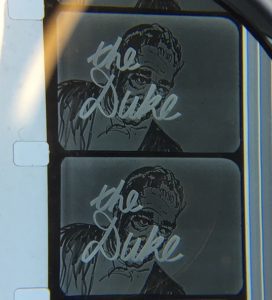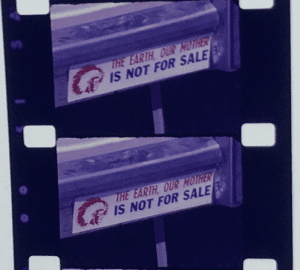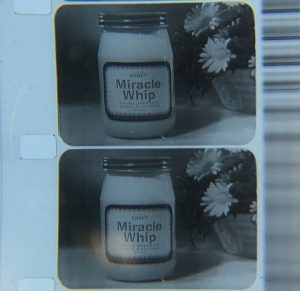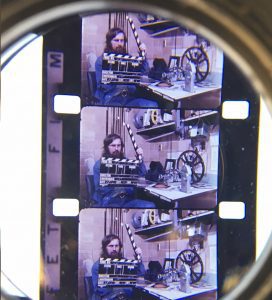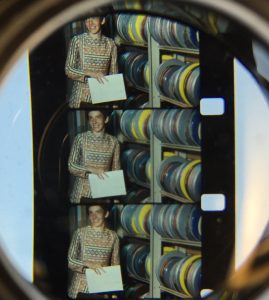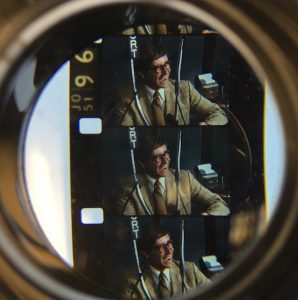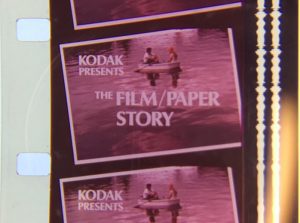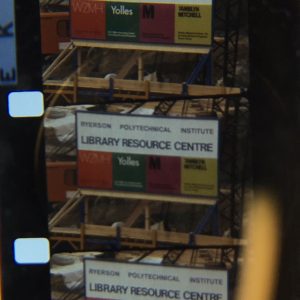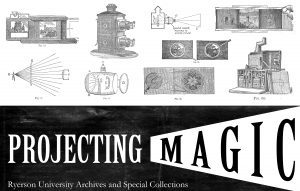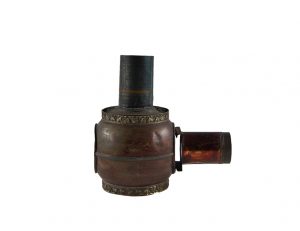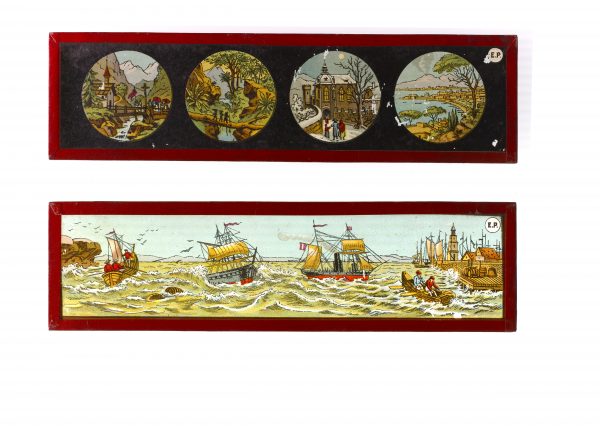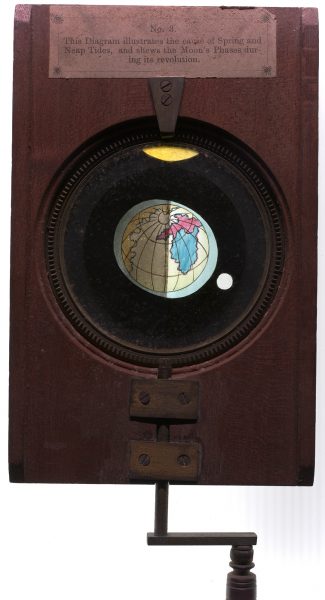We’re joining the Archives of Ontario in their #ArchivesAtoZ month-long campaign. The aim is to increase the public’s awareness of archives and their collections. We’ll be sharing four blog posts throughout the month showcasing items and collections from our holdings or archival concepts related to each letter of the alphabet.
- March 1: A to F
- March 8: G to M
- March 15: N to S
- March 22: T to Z
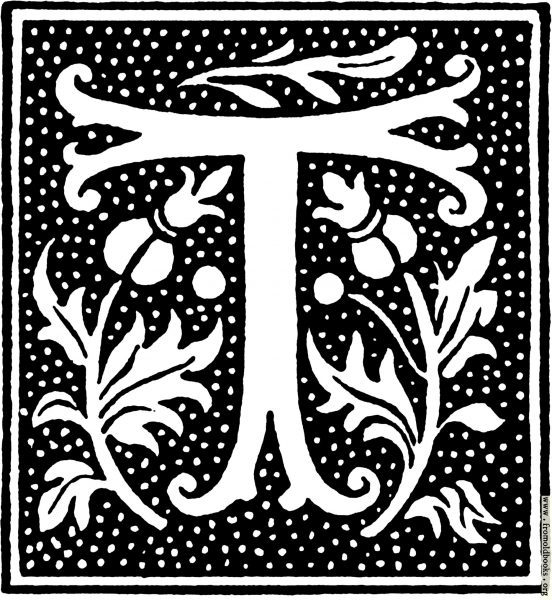
Truth and Reconciliation
In its final report in 2015, the Truth and Reconciliation Commission of Canada called on museums, archives and educational institutions, among other groups, to respond to 94 Calls to Action. These calls provide a path for Canadians and institutions to begin to “redress the legacy of residential schools and advance the process of Canadian reconciliation.”
Although our holdings do not have extensive material that can supports these Calls to Action, the team at Archives & Special Collections has compiled a list of internal and external resources related to Egerton Ryerson, Residential Schools and Indigenous Peoples. Toronto Metropolitan University’s Aboriginal Educational Council has also created a document focused on Egerton Ryerson, the Residential School System and Truth and Reconciliation with detailed sources on the topic.
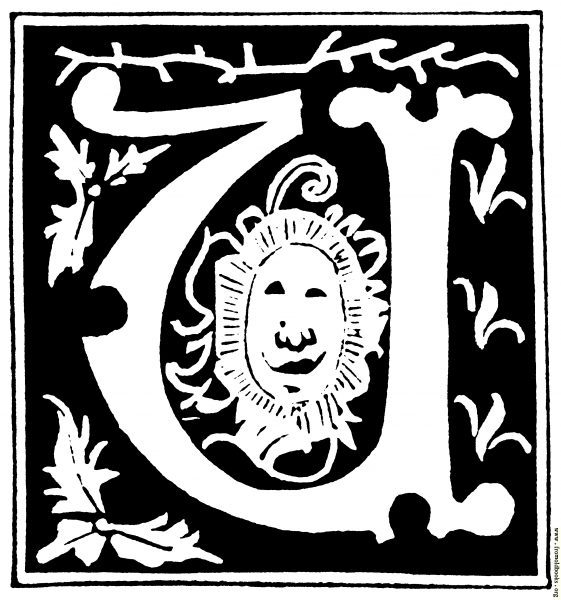
University Status
Opened in 1948 as the Ryerson Institute of Technology, Ryerson has been granting degrees for 49 years – the first of which were handed out on May 26, 1972 to graduates in Interior Design, Business Management, and Geodetic Sciences. Nineteen years later, almost to the day, on May 27, 1991 the Ryerson Board of Governors and Academic Council (Senate) gave their support to the proposal the the school seek full university status. Two years later on June 1, 1993 the dream was realized when Ryerson Polytechnic University was recognized by Royal Assent. The oversized letter and the T-shirt in this picture are housed in Archives and Special Collections (RG 122.12)
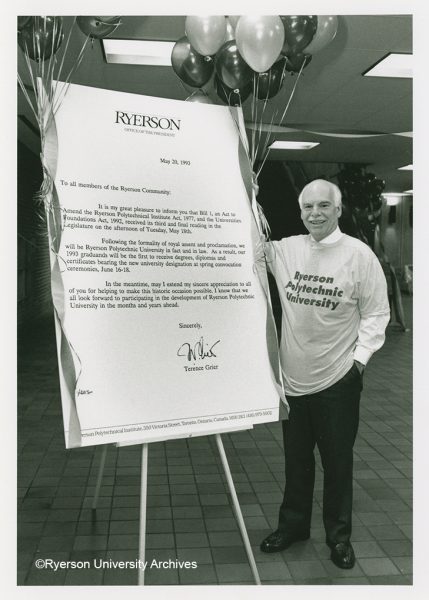
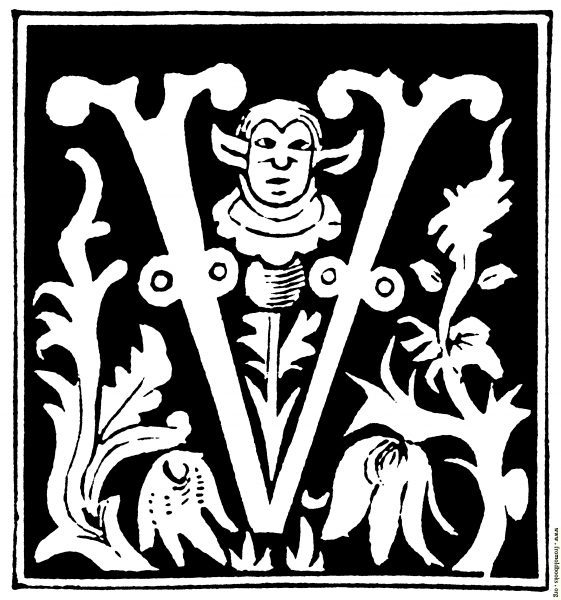
View-Masters
The Bass Stereoscopic Photography Collection has 162 pieces of stereo viewing equipment, including 44 View-Masters. These stereoscopic viewers first appeared at the 1939 New York World Fair. View-Masters, a name trademarked by Sawyer’s Inc, use circular “reels” with seven stereoscopic images made from 16mm Kodachrome transparencies. Unlike the original wooden stereoscope viewers, View-Masters are usually made of plastic or metal.
Our collection has a variety of different types of viewers, such as the GAF Talking View-Master, which incorporated an audio record that synchronized sound with the stereoscopic slides. The Big Bird camera-shaped 3D viewer, a staff favourite, has a built-in reel of 7 diametrical, 16 mm colour transparencies of Sesame Street characters teaching the alphabet.
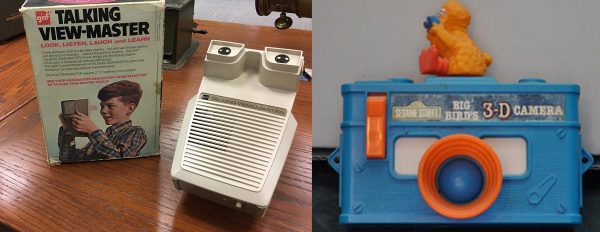
the Big Bird 3D camera viewer (2018.09.02.159)
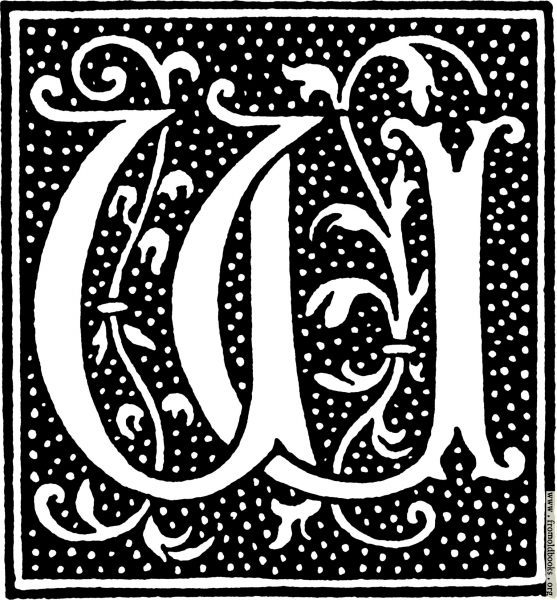
World War II
Did you know Toronto Metropolitan University had a connection to World War II? The original building on campus Ryerson Hall, whose façade is the entrance to the Ryerson Athletic Centre in the Kerr Hall Quad, housed both the Royal Canadian Air Force Initial Training School No. 6 and the Dominion-Provincial War Emergency Training Program between 1941-1945. To learn more about the Royal Canadian Air Force’s training facilities visit their web page At the end of World War II, the building would house the Training and Re-establishment Institute (TRIT), a place for veterans to learn a trade. TRIT ran between 1945-1948, and Ryerson Institute of Technology, which opened in September 1948, evolved out of that organization – offering the same courses in the first couple of years of our existence. Take a look at RG 58 Vocational Training Schools and Training and Re-establisment Institutes, F 183 James A. Moore fonds and F 858 Michael Zabinsky fonds to see more records we have related to the Training and Re-establishment Institute.
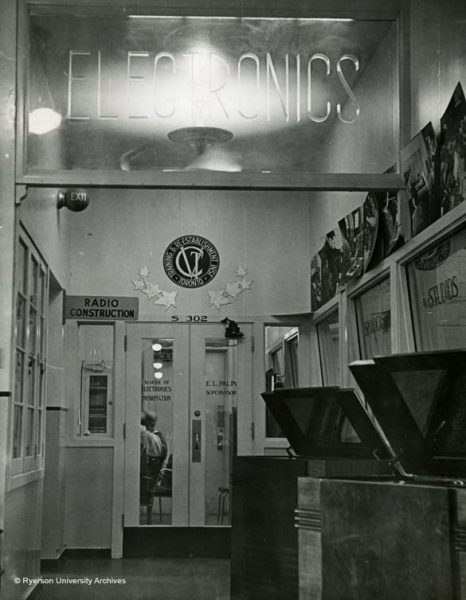
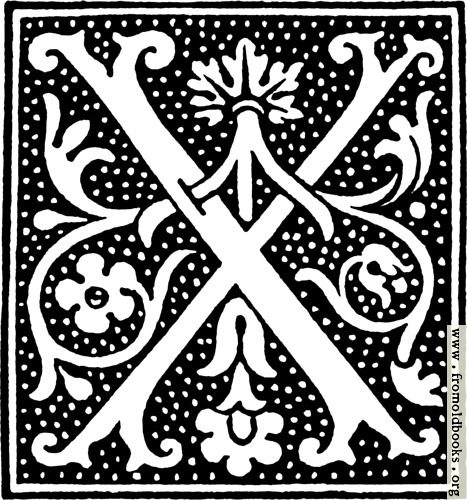
XV Winter Olympic Ceremony
The Paddy Sampson Fonds consists of textual records and audiovisual material related to television shows and specials intended for broadcast on the Canadian Broadcasting Corporation’s (CBC). Sampson joined the CBC as a stage hand in 1952, and later became a producer and director for the broadcaster. Some of the notable programs he worked on include “Program X” and the renowned hour long 1966 music special, “The Blues”. The Fonds also contains research material related to Sampson’s independent productions, such as the 1988 opening and closing ceremonies for the XV Winter Olympics in Calgary.
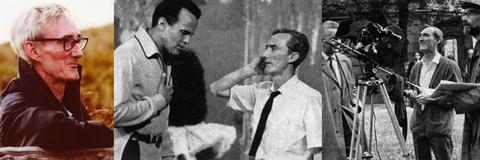
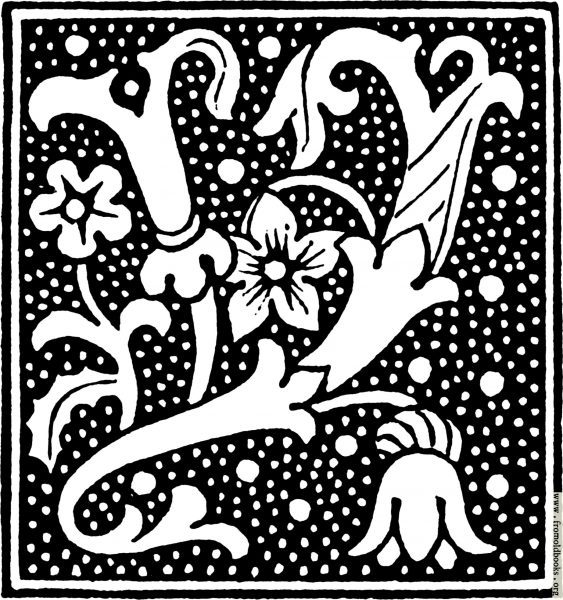
Young Readers
Special Collections’ book holdings include the Children’s Literature Archive. The collection was established through the Centre for Digital Humanities in 2009 and was transferred to Special Collections in 2017. It contains over 2200 books published between 1701 and 1940 and continues to grow. Its particular strengths are adventure stories, fairy tales, and Canadiana, but also includes strong holdings in poetry, picture books, and pedagogical works such as science texts and primers, along with biographies of notable authors and other scholarly studies. Explore the collection through the Centre for Digital Humanities’ exhibition website or through the Library catalogue.
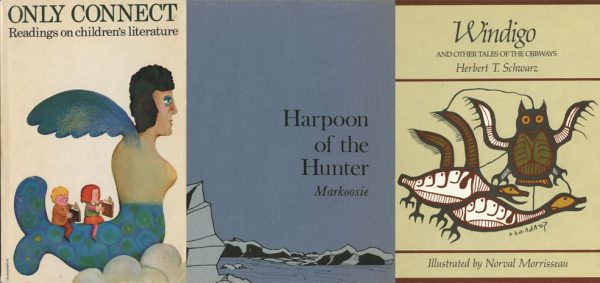
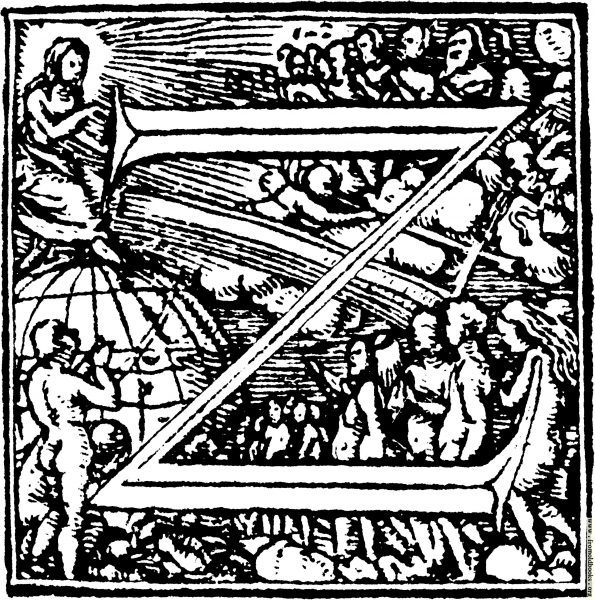
Zeiss Ikon
Our Heritage Camera Collection has over 677 pieces of photographic equipment, including several cameras by the company Zeiss Ikon. Zeiss was initially an optical workshop in Germany during the mid-1800s, and started building camera lenses in the 1890s. Zeiss Ikon was created in 1926 by the merger of four camera manufacturers: Contessa-Nettel, Ernemann, Goerz and Ica. The newly founded partnership combined thousands of cameras patents held by the individual companies. Explore the Zeiss website for more information on the history of the camera company.
We hope you have enjoyed our Archives A to Z blog post series. Explore the hashtag #ArchivesAtoZ to see what other repositories have shared online!
